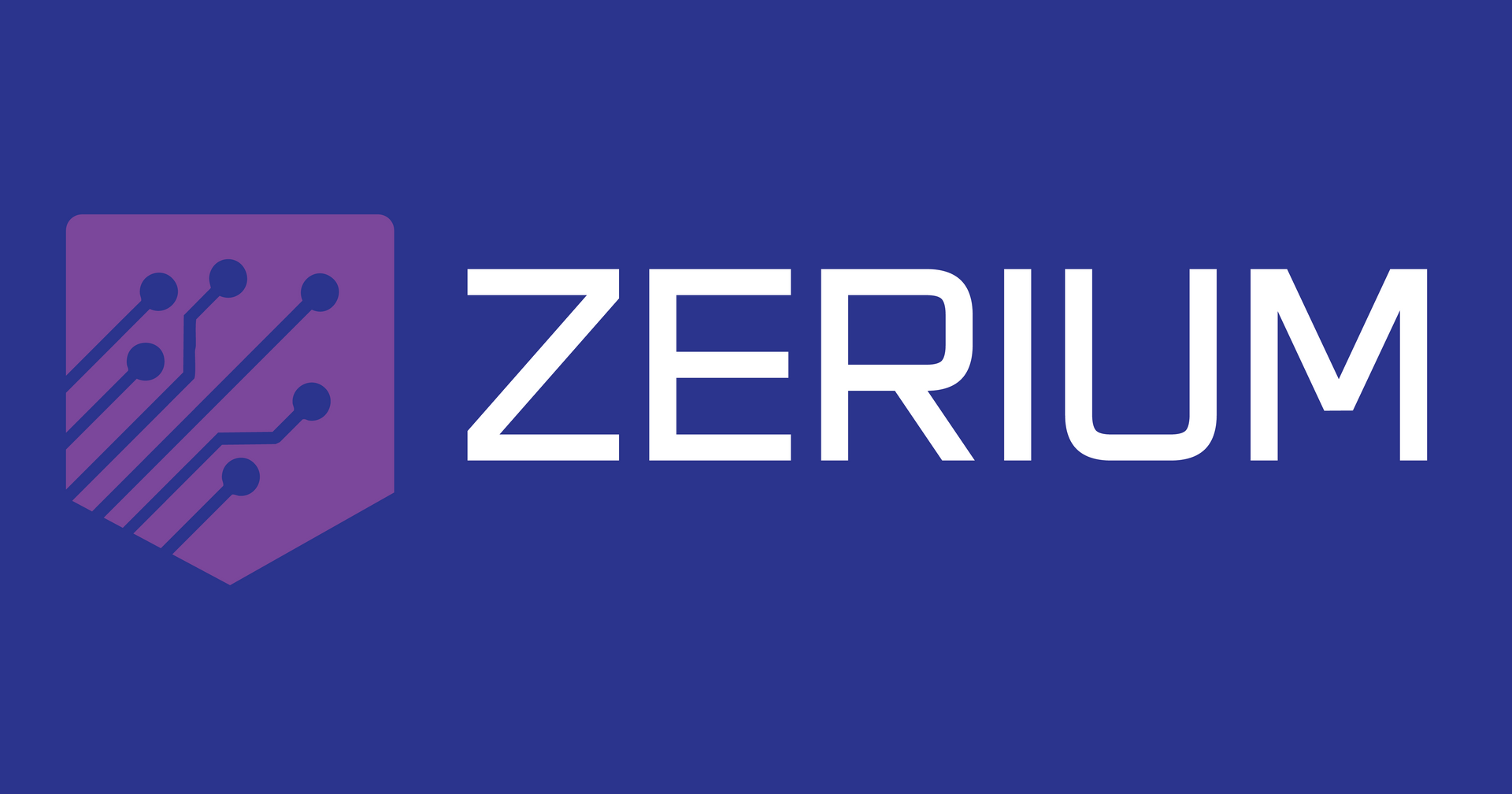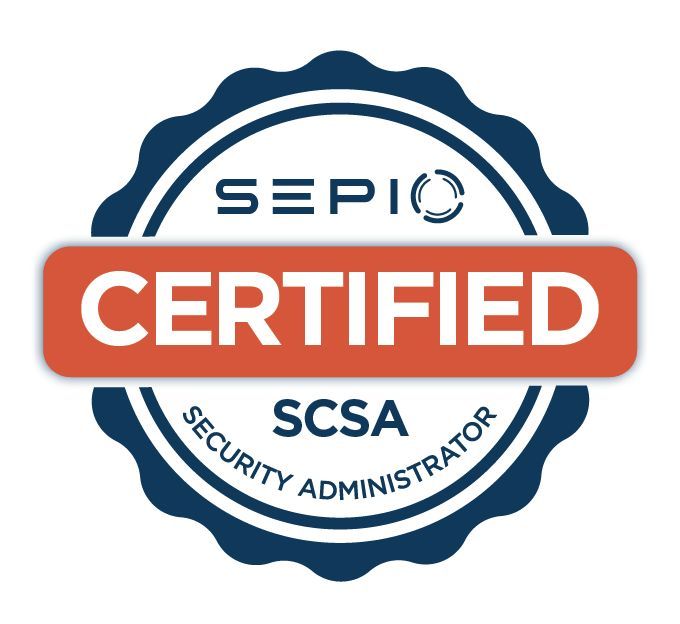The Compliance Challenge Behind the Controls
Security frameworks like the NIST Cybersecurity Framework and CIS Critical Security Controls have become cornerstones of organisational risk management. They offer structured, best-practice approaches for identifying assets, protecting systems, detecting threats, and responding to incidents.
But translating these frameworks into real-world, enforceable controls remains a challenge—especially when it comes to visibility and trust at the physical device level.
While many organisations have invested in endpoint detection, network monitoring, and identity access controls, most still lack the ability to verify what’s physically plugged into their systems. This creates an often overlooked, yet critically important, gap in compliance and security posture.
Hardware: The Missing Layer of Control
In many environments, it’s still possible for someone to walk into a workspace and plug in a USB device, a rogue peripheral, or a tampered laptop without immediate detection. These devices may appear trusted at the software level, presenting familiar names or spoofed credentials, but underneath they may behave maliciously—recording keystrokes, extracting data, or opening a backdoor into otherwise secure systems.
Despite this, most security frameworks offer limited guidance on physical-layer enforcement—because until recently, the tools to enforce such control simply didn’t exist.
Traditional NAC or EDR tools can detect activity on the network or alert on suspicious software behaviour, but they often miss what’s happening at the electrical connection level—where many threats begin.
Sepio: Bridging the Gap Between Policy and Reality
Sepio’s Asset Risk Management (ARM) platform addresses this missing layer directly. It provides real-time visibility and control at the physical hardware level, allowing organisations to confidently enforce access policies, asset inventories, and anomaly detection at the port level.
Sepio does this by identifying devices based on their Asset DNA—a unique, unforgeable fingerprint derived from the device’s physical and electrical characteristics. This means even if a device is disguised, spoofed, or tampered with, Sepio can still recognise it and act.
By deploying Sepio, organisations can move beyond assumptions and enforce Zero Trust in its truest form: no device is trusted unless it’s physically verified.
Aligning with NIST and CIS Security Objectives
Frameworks like the NIST Cybersecurity Framework and CIS Controls outline clear goals for asset identification, access management, and risk mitigation. Sepio directly supports these objectives by enabling:
- Accurate asset inventory at the hardware level, fulfilling Control 1 in the CIS framework and NIST’s Identify Function.
- Strict control of physical access, supporting CIS Control 4 (Secure Configuration) and the Protect Function in NIST.
- Detection of anomalous or unauthorised devices, enhancing the Detect and Respond capabilities outlined in both frameworks.
- Continuous monitoring and enforcement, enabling organisations to maintain compliance without relying on manual checks or incomplete tools.
- Sepio also generates detailed, audit-ready logs, making it easier to report against control objectives and demonstrate due diligence to internal and external auditors.
Making Zero Trust Actionable
While Zero Trust is often discussed at the network or user level, few organisations implement it at the device level. Sepio changes that.
With Sepio, only known, authorised devices are permitted to connect. Any device that hasn’t been physically verified is blocked, quarantined, or flagged—automatically and in real time. This level of control transforms Zero Trust from a security ideal into an enforceable operational standard.
It also supports compliance with government directives such as CISA’s Binding Operational Directive (BOD) 23-01, which mandates increased asset visibility and vulnerability remediation across federal networks—a directive that is now influencing standards globally.
Compliance Without Complexity
Sepio integrates passively with existing infrastructure. It doesn’t require agents on endpoints or changes to user behaviour. This makes it a low-friction solution for security teams already stretched by compliance tasks, and it reduces the cost and complexity of implementing controls that align with frameworks like NIST, CIS, and ISO 27001.
Whether your organisation is beginning its compliance journey or looking to harden an already mature programme, Sepio provides a crucial layer of visibility that helps translate policy into practice.
From Framework to Enforcement
Security frameworks are only as effective as the tools used to enforce them. With Sepio, organisations gain the ability to move from checkbox compliance to active risk reduction—by controlling what connects to their systems at the most fundamental level.
To explore how Sepio can support your compliance initiatives and bring your framework adoption to life, contact info@zerium.co.uk or call +44 (0)20 8191 2191 to arrange a consultation or compliance-focused demo.













